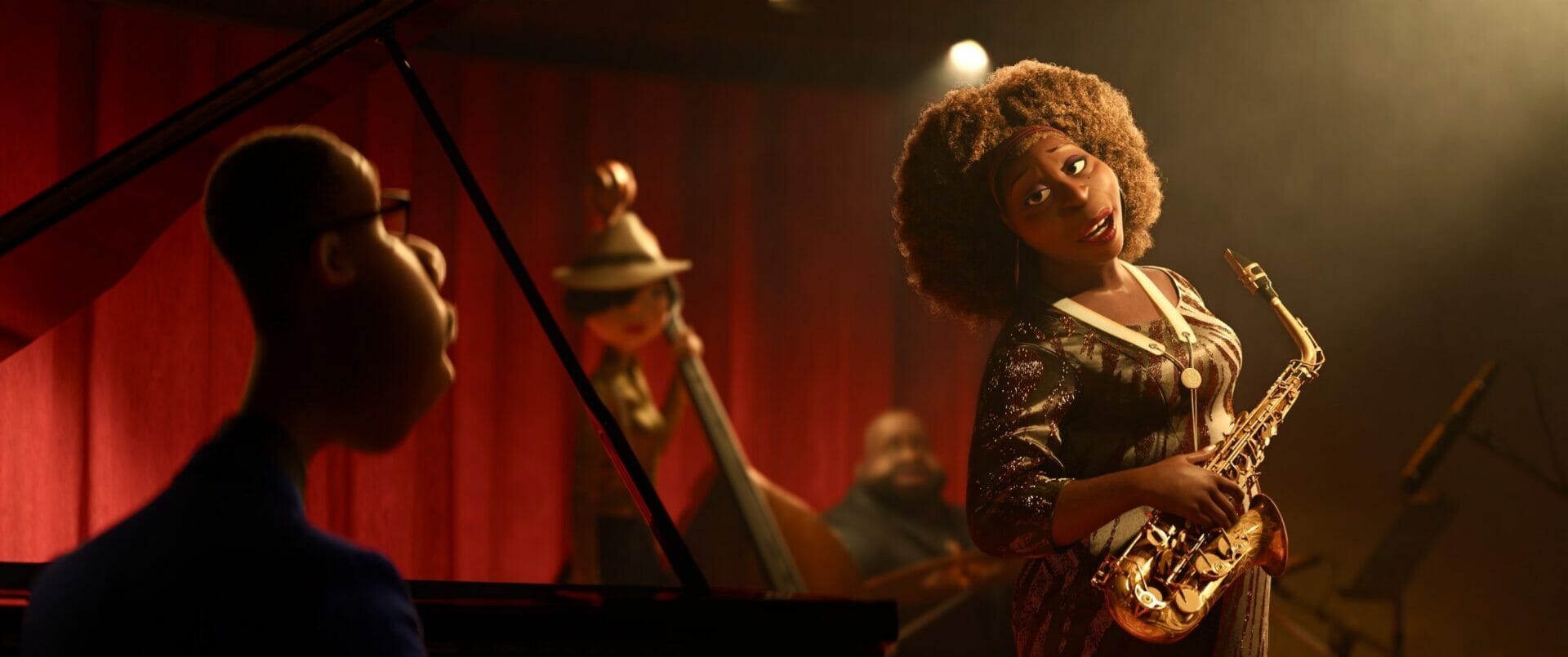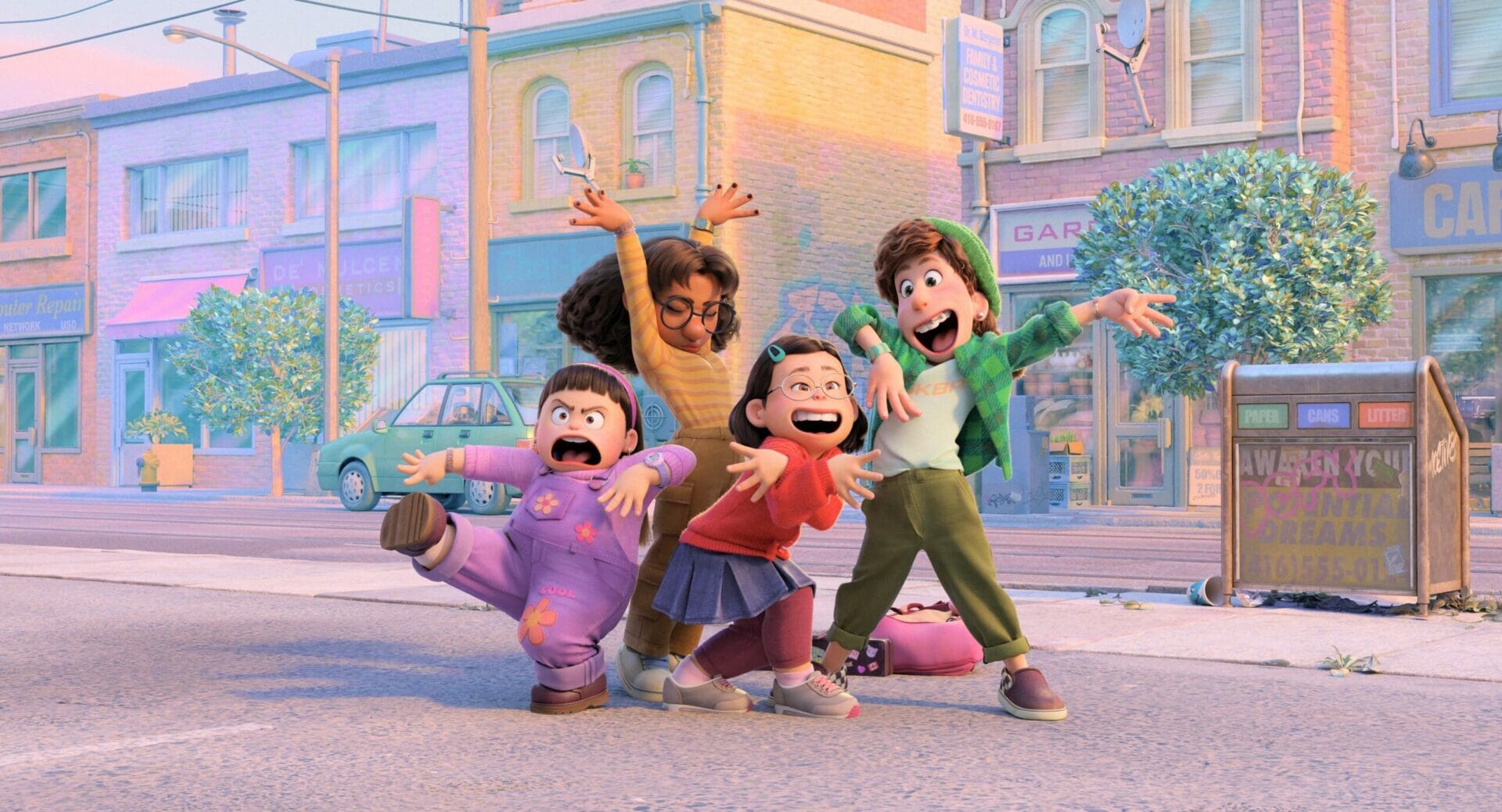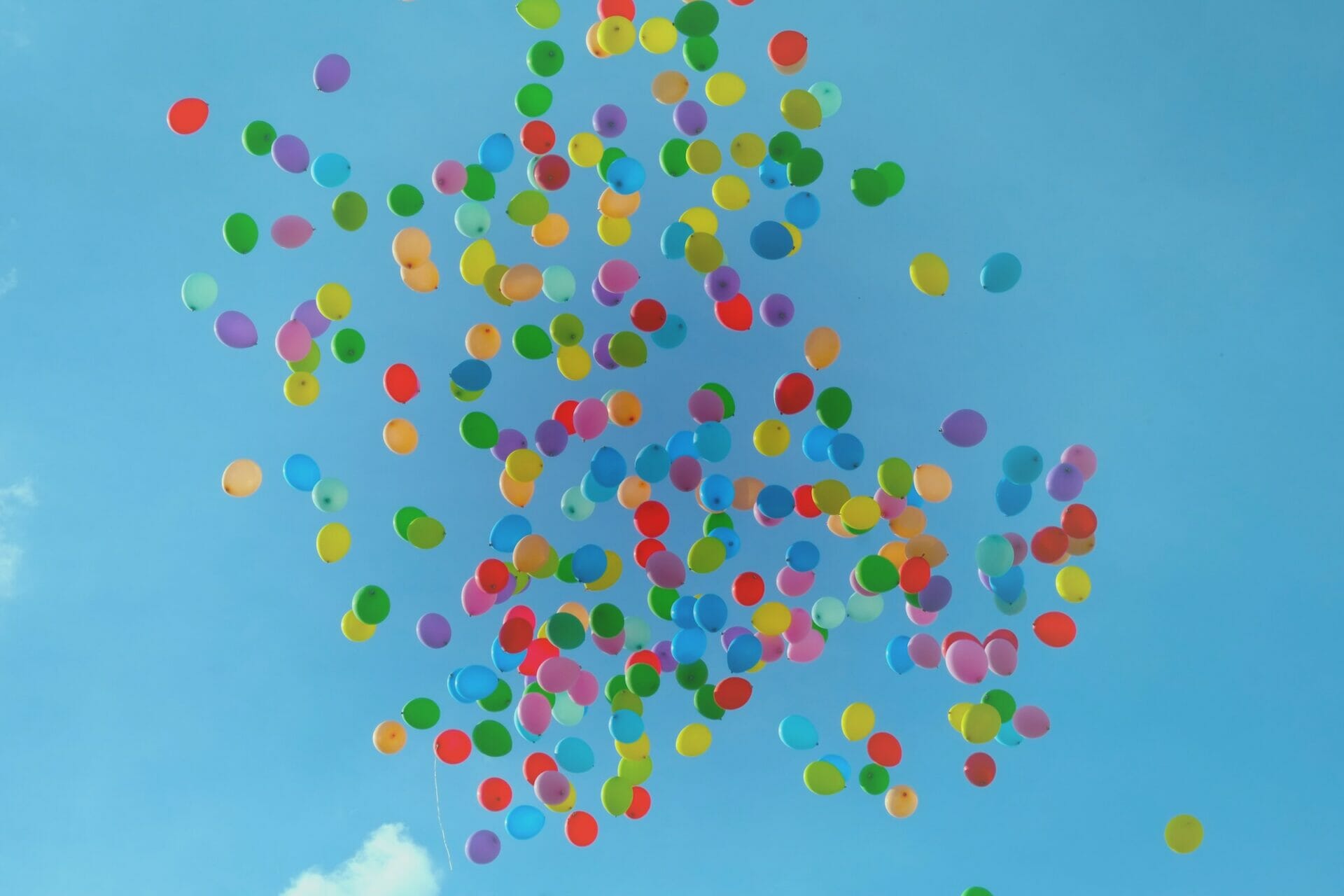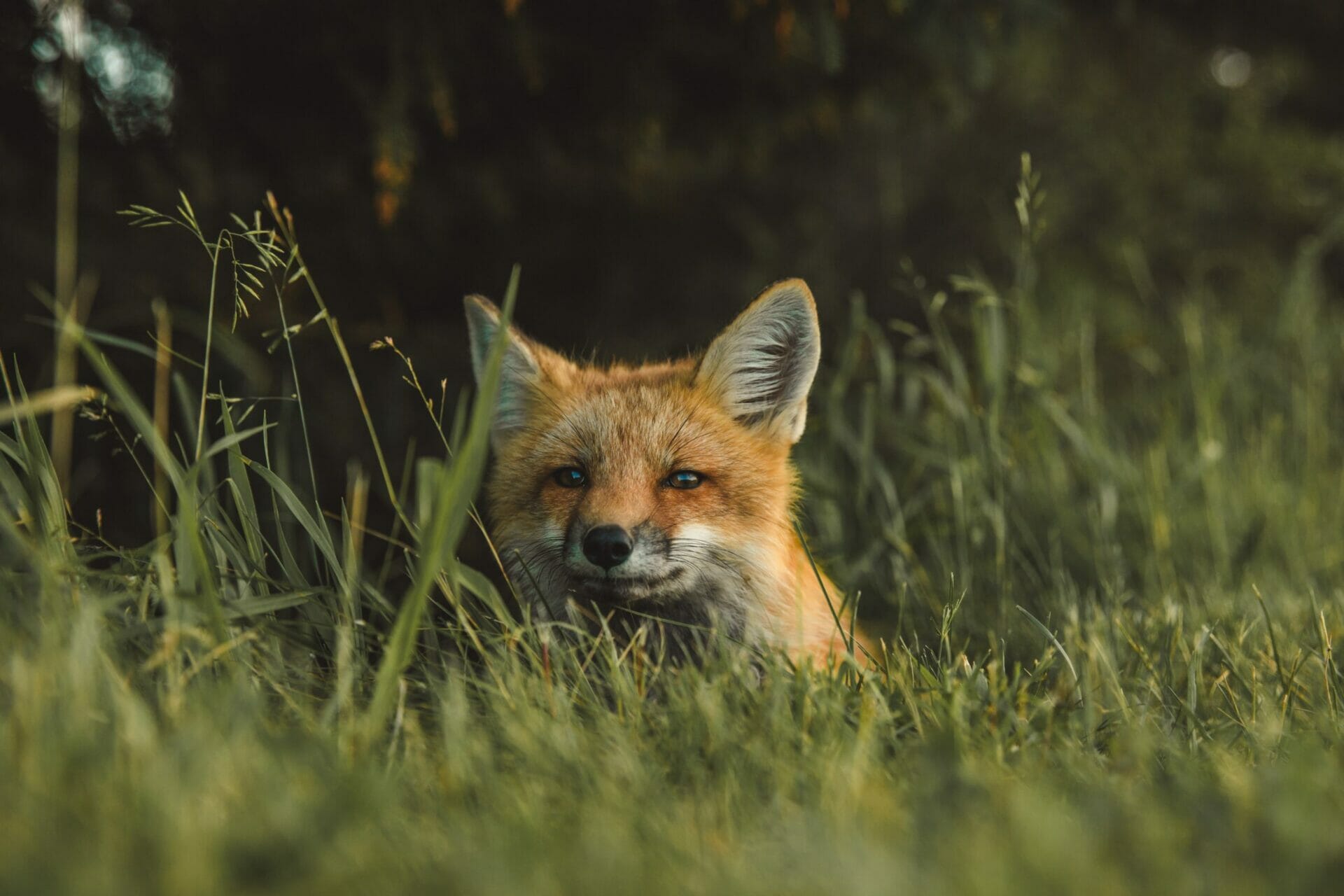
Miyazaki's The Boy and the Heron | Choosing a Way to Live
Runtime
The Boy and the Heron (Kimitachi wa Do Ikiruka) heralds the much-awaited return of Hayao Miyazaki, the revered Japanese animator and filmmaker, who was honored with the Academy Honorary Award in 2014 for his exceptional contribution to animated storytelling. Studio Ghibli enthusiasts have been eagerly anticipating this movie for ten years, ever since Miyazaki announced his retirement (which he later retracted) after releasing his prior movie, The Wind Rises (2013). This movie revisits familiar themes found in the work of Miyazaki. It is a classic hero’s journey with “a cinematic phantasmagoria of surreal imagery, cuddly-to-creepy creatures, excitement, sorrow, space, silence, and emotional currents that run leagues deep,” as Rolling Stone magazine put it.
Nevertheless, The Boy and the Heron has a distinct and powerful aura that sets it apart. It portrays an honest inner vision of a bygone era in Japan that remains vividly alive in Miyazaki’s memories. Indeed, the story draws inspiration from certain events from the director’s childhood and takes the viewers on a deeply poetic journey with a melancholic undertone.
The Boy and the Heron is a semi-autobiographical story that provides a reflection on the ephemeral nature of life, the act of creation, and legacy. Its original title, which means How do you live?, is taken from the 1937 novel of the same name by Genzaburo Yoshino. Miyazaki received the book from his mother as a child, and it appears in the movie as a life-changing talisman.
- The Heron: A Guide on the Transformative Path of Boyhood
- Animation as a Tool to Explore the Imaginary
- Growing Up Is About Change and Acceptance
- Visual Evolution from Grim to Wonder
- Bittersweet Soundtrack
- Contemplating About Memory and Legacy
- Learning From the Past to Embrace the Future
The Heron: A Guide on the Transformative Path of Boyhood
“We were two years into World War II when my mother died,” says Mahito (voiced by Soma Santoki) in the opening scenes. After losing his mother in a fire in Tokyo, eleven-year-old Mahito moves to the countryside with his father, Shoichi (voiced by Takuya Kimura), to live on the estate of his stepmother, Natsuko (voiced by Yoshino Kimura), who also happens to be his aunt.
Mahito faces many challenges in settling in. He must forge new family bonds with Natsuko, who is now pregnant and asserts herself as his new mother. Feeling adrift and alone, Mahito begins to harm himself. It is then that an enigmatic grey heron regularly approaches the young boy. Surprisingly, the heron starts talking (voiced by Masaki Suda) and tells him, “Your mother isn’t dead. I can take you to her.”
As Mahito tracks the heron into the darkest corners of the lush estate, he enters an extraordinary world inhabited by unique creatures, where the rules of life and death do not apply as usual.
After its July 2023 premiere in Japan, The Boy and the Heron made its international debut as the opening movie of the 2023 Toronto International Film Festival, marking the first time in history an animated movie has opened the festival. Academy Award-winning director Guillermo del Toro made a surprise appearance and introduced the movie.
Miyazaki, in my estimation, is the greatest director of animation ever, and he has made his films as full of dialogues and questions as he is. These are not easy films, but these are films that portray him so intimately, that you feel you’re having a conversation with him. And they are paradoxical because he understands that beauty cannot exist without horror, and delicacy cannot exist without brutality. He repeats motifs over and over again: flying, hope, despair, the power of innocence, the great of innocence. Each of his parables, because they become parables, are full of belief in humanity and full of heartache in humanity. I believe the film we will watch tonight will be no exception.
Guillermo del Toro introducing the screening of The Boy and the Heron at TIFF (from Deadline)
The Boy and the Heron won the BAFTA Award for Best Animated Film, the Golden Globe Award for Best Animated Feature Film, and the Academy Award for Best Animated Feature. Miyazaki, who previously won an Oscar for Spirited Away in 2001, is the oldest director to receive the award at the age of 83.
Animation as a Tool to Explore the Imaginary
Strange occurrences transpire at the border between reality and the realm of magic, signaling the protagonist’s imminent arrival into a fantasy world mirroring reality. Miyazaki’s characteristic early signs include creatures that act out. In this movie, a heron repeatedly flies dangerously towards Mahito. In Princess Mononoke (1997), a bloody boar charges towards the village. Furthermore, certain humans are dehumanized and converted into animalistic cohorts. For example, in Spirited Away, Chihiro’s parents are transformed into pigs. In The Boy and the Heron, the initial scene featuring the elderly maids portrays them as a lethargic and moaning mass.
Thus, the boundary that separates humans and animals becomes blurred. The gray heron, in particular, which shifts indecisively between its human and bird forms, challenges this perception. Animation is arguably a medium that facilitates the personification of animals more effectively than live-action, which occasionally can result in awkwardness (as seen in the 2001 movie Cats & Dogs). Arguably, animation builds on the legacy of the animal fable and makes it visually stunning. The personification of animals, found in both genres, allows narrators to portray and exaggerate certain traits found in human nature. For example, Jean de La Fontaine‘s fable The Heron (Le Héron) tells of an elegant bird who is punished for being contemptuous. Similarly, Miyazaki’s half-heron, half-man learns a lesson as the story progresses: he will exchange his disdain for a more benevolent cape.
Growing Up Is About Change and Acceptance
Mahito is currently unable to accept all the changes in his life. The upheaval caused by his mother’s death turned his life upside down. Mahito endures his father’s choices, who appears to overcome their shared loss. Everything in the movie flows from Mahito’s heart-wrenching wish to be reunited with his dead mother. This grief drives him to travel to various dreamlike worlds.
Miyazaki infused the story with a special bond he shared with his mother. According to Cinema Tokyo, when he was six years old, his mother fell ill with tuberculosis and remained bedridden for nine years before recovering. Little Hayao learned early on to take care of the household by cooking and cleaning. This independence is a trait he instilled in his young hero Mahito, such as Umi in his son Goro Miyazaki‘s 2011 movie From Up on Poppy Hill.
In a scene after moving into the new castle and feeling most isolated, Mahito finds the real-life novel How Do You Live? in which his mother left him an inscription. The novel is a dialogue between a fifteen-year-old boy and his uncle, exploring themes of ethics, emotions, and finding one’s place in the world. Mahito’s journey is arguably an attempt to answer the question in the title. His actions are a reflection of his choices. The viewers of the movie were also invited to reflect on their way of life. Undoubtedly, the public was interested in this question, since the release of the movie renewed and amplified the success of the novel. The surge in sales in Japan and international distribution in many countries is proof that Miyazaki’s message was received.
Visual Evolution from Grim to Wonder
As the story progresses, the main characters travel deeper into a world within worlds. The visuals translate this journey as an evolution in style and color palette, moving away from sober clothing and scenery to incorporate baroque and magical elements.
First, Mahito and the Heron fall through the floor and end up in an underground world. Then Mahito meets Kiriko, one of the old maids, as a younger seafaring version in the underworld. There, she cares for the Warawara, charming little spirits who eventually inhabit the human world – a sort of Japanese version of the blue souls in Pixar’s Soul (2020). A young woman who controls fire, Himi, protects the Warawara from predation by the pelicans. Later in the movie, Mahito follows Himi into a tower, enters a tunnel, and emerges into a paradise-like garden. There Mahito meets the wizard, his great-great-uncle.
Visually, there is a gradation of color from realistic landscapes to a world of poetic and conceptual imagery. As BBC Culture put it in their review, “This World War Two-era film often has a slightly subdued palette, in shades of grey, but those colors are still extraordinary.” For example, “The heron’s wings are bordered by a distinctive blue-grey that definitely belongs to Miyazaki.” Then, “As Mahito’s story heads toward the supernatural, the film displays a more extravagant sense of color and imagination.” In the final scenes, the world seems to deconstruct into a variety of objects floating in the void, reminiscent of a surrealist painting.
Moreover, the decision to simplify to basic shapes also echoes the iconic drawing style of Antoine de Saint Exupéry‘s The Little Prince, a novella full of poetry and observations about human nature. This exercise in simplification was also performed by the Pixar Animation Studios in their 2009 movie Up, in a process they called “simplexity”.
Bittersweet Soundtrack
Japanese singer and songwriter Kenshi Yonezu wrote the theme song Spinning Globe for the movie. The combination of lyrics and melody is a harmonious blend of longing for something lost and gentle optimism for something better. One truly gets the underlying sadness that comes with the movie’s final theme when this melody plays at the end. The artist explains that he grew up watching Miyazaki’s movies, and this song is the singer’s way of giving something back. He explains his writing process below:
In the past four years, I visited the studio in Koganei several times to talk with Miyazaki-san and Suzuki-san; most of the time it was on strangely pleasant and sunny days. I remember walking under the pitch-dark shades of the trees while overhearing the cheers of nursery school children nearby. As a person who usually writes music drawing from recollections of the past alone in a small room, it was an experience nothing short of enriching.
Kenshi Yonezu talks about his theme song for The Boy and the Heron
Contemplating About Memory and Legacy
Another parallel is drawn between Miyazaki’s life and Mahito’s Granduncle’s (voiced by Shōhei Hino). The Great-uncle asks that Mahito continue to build upon the fragile world he leaves behind. The combined melancholic and contemplative mood of the movie takes on another dimension when one knows Miyazaki’s state of mind. At 82 years old, he knows that he is at the end of his career. Indeed, in a project proposal written in 2016, he acknowledged being an elderly person who is deceiving himself by making a movie despite memory loss. Contemplating the possibility of his demise, Miyazaki is troubled by the thought of leaving his team with an unfinished project. Can they carry on breathing life into the world he built? Miyazaki did not consider such a question. Instead, he pondered what the world would resemble upon the release of the movie. In his own words:
What state will the world and minds of viewers be in when they greet our film? Surely our current age, indistinctly drifting, indefinable, and indiscernible, is reaching its end? Isn’t the world as a whole in a state of flux? We could be heading for war or disaster, or perhaps even both.
Hayao Miyazaki in a 2016 project proposal as he contemplated embarking on his next film (from Press Kit, via GKIDS Films)
This movie revisits the above scenarios of war and crisis. The elderly maids remind viewers to appreciate and value small pleasures as they cheerfully find tobacco and scarce produce. The elderly, with their experience, can serve as guides in navigating our modern world. The role of the elderly must be considered as the population ages worldwide. In Japan specifically, elders comprised 25% of the total population in 2015, with projections of 30% by 2025 and nearly 40% by 2055. In the movie, the seven elderly maids resemble the protective dwarves in the Snow White fairy tale. Kiriko and her companions embody the kindness and wisdom needed to meet the challenges of the future.
Learning From the Past to Embrace the Future
This animated movie is a portal to a surreal world where the main characters can defy the laws of physics and time. In addition, animation, like animal fables, allows storytellers to travel deeper into the human psyche. Thus, it provides them with opportunities to ponder the significance of life and death. Mahito’s journey is centered on accepting and acknowledging the natural process of life. Furthermore, this journey has given him the tools to question himself and to consciously choose his ethics. Ultimately, the movie is more than a graciously grafted vintage vessel that echoes parts of Miyazaki’s past. The director’s message invites all viewers to meditate on the future as well. For Miyazaki, The Boy and the Heron, which may very well be his final work, revolves around empowering the younger generation to shape their destiny and construct the future.
Tag
Buy a ☕ for Hypercritic











